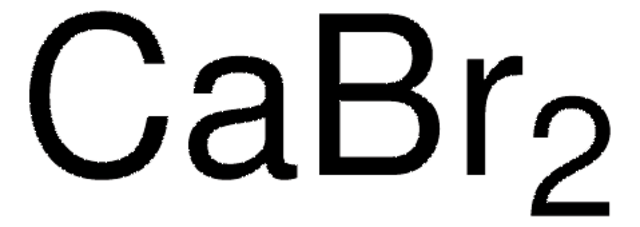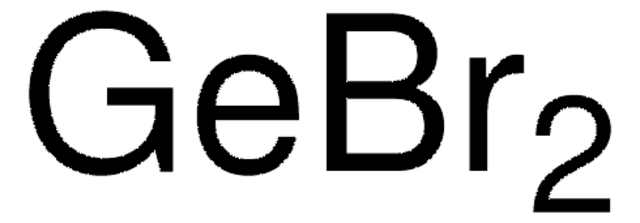429422
Potassium iodide
AnhydroBeads™, −10 mesh, 99.998% trace metals basis
Synonym(s):
Potassium monoiodide
About This Item
Recommended Products
vapor pressure
1 mmHg ( 745 °C)
Quality Level
product line
AnhydroBeads™
Assay
99.998% trace metals basis
form
beads
particle size
−10 mesh
mp
681 °C (lit.)
SMILES string
[K+].[I-]
InChI
1S/HI.K/h1H;/q;+1/p-1
InChI key
NLKNQRATVPKPDG-UHFFFAOYSA-M
Looking for similar products? Visit Product Comparison Guide
Legal Information
Not finding the right product?
Try our Product Selector Tool.
accessory
Signal Word
Danger
Hazard Statements
Precautionary Statements
Hazard Classifications
STOT RE 1 Oral
Target Organs
Thyroid
Storage Class Code
6.1D - Non-combustible acute toxic Cat.3 / toxic hazardous materials or hazardous materials causing chronic effects
WGK
WGK 3
Personal Protective Equipment
Choose from one of the most recent versions:
Already Own This Product?
Find documentation for the products that you have recently purchased in the Document Library.
Customers Also Viewed
Our team of scientists has experience in all areas of research including Life Science, Material Science, Chemical Synthesis, Chromatography, Analytical and many others.
Contact Technical Service









